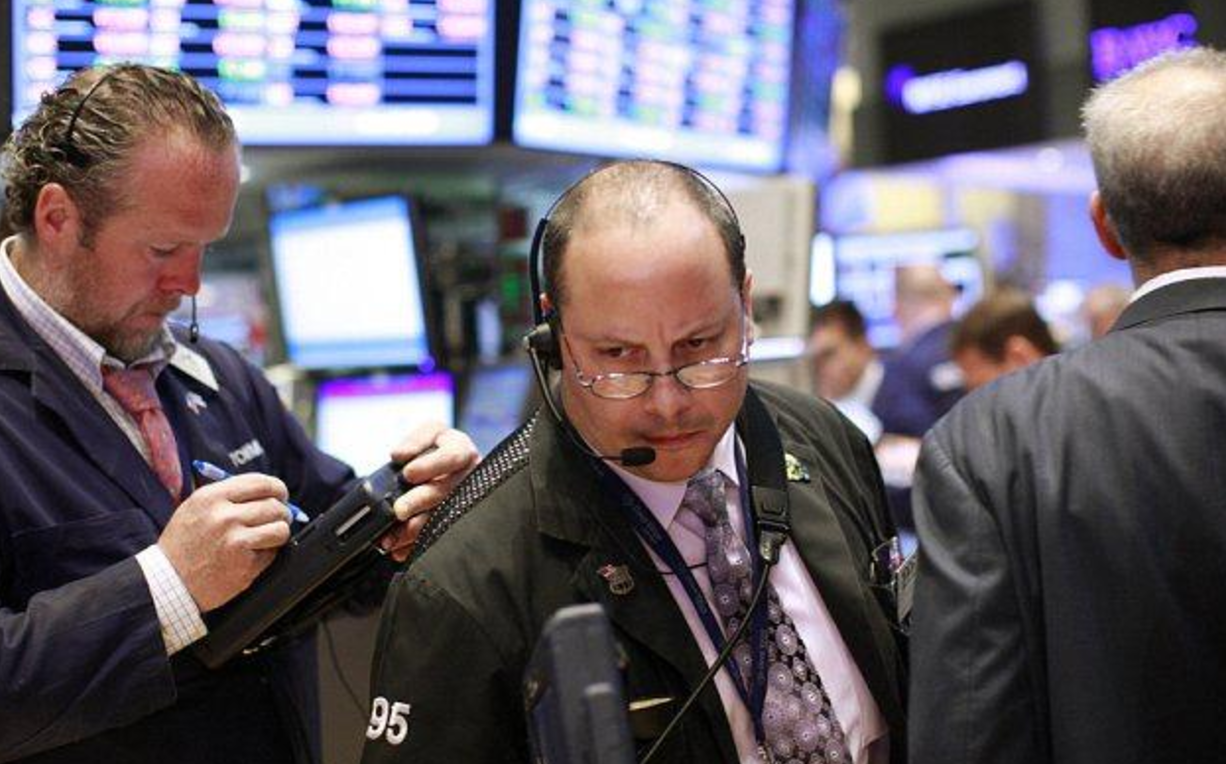Finance markets provide traders with a myriad of opportunities to profit off the price movements of underlying assets. There are 4 broad asset categories available to traders, including stocks, commodities, indices, and currency pairs. A new ‘breed’ of assets has now entered the mainstream arena in the form of cryptocurrency. This latter category functions in a similar fashion to fiat currency (FX) with the exception that it is relatively anonymous, inexpensive to trade, and not regulated by central banks or governing authorities.
Financial markets are governed by macroeconomic variables including GDP, interest rates, fiscal policy, NFP data, geopolitical uncertainty, and the like. When trading asset classes, it’s important to understand the impact of these macro variables on specific assets. Newbie traders typically make the mistake of assuming a linear correlation between a macroeconomic factor and the associated asset.
For example, if the Fed intends to raise interest rates at the final meeting of the Fed FOMC on Wednesday, December 13, 2017, this does not necessarily mean that the USD will appreciate around that time. Experienced traders understand that the probability of rate hikes is priced into markets well ahead of time. This means that the USD will likely appreciate closer towards that date, ceteris paribus rather than absorb the full impact of the rate hike on that date. Markets price probability into the value of underlying assets well ahead of time.
Impact of Interest Rates on Equities Markets
Interest rate hikes also affect stock markets like the Dow Jones Industrial Average, the New York Stock Exchange (NYSE), the NASDAQ Composite Index, and the S&P 500 index. Since rising interest rates increase the cost of borrowed capital (interest that you pay on loans), the profitability of public and private companies is affected by rising interest rates. At first glance, one may assume that increasing interest rates will result in lower demand for the stocks. However, there is a nonlinear relationship between interest rates and stock markets. For one thing, the Fed increases interest rates when prospects for the economy are looking positive.
This means that the Fed is likely to tighten monetary policy when unemployment is falling (improving) and the inflation rate is moving towards the 2% target range. This gives investors a boost of confidence in the performance of the US economy. From that perspective, rising interest rates are positive and will likely result in capital flows into equities markets. Naturally, the nonlinear effect of interest rates on stocks is that companies tend to pass the higher costs on to consumers. This means that prices will continue rising and consumers will have less personal disposable income. Overall, the impact of rising interest rates on stock markets is a complex one.
Geopolitical uncertainty moves the needle
Renowned analyst from Trade-24, Mort Goldhammer, advises traders to be mindful of the impact of geopolitical uncertainty on trading activity. Recent tensions with North Korea are a case in point. The rogue North Korean leadership recently announced that they had fitted a hydrogen bomb on to one of their intercontinental ballistic missiles. Such inflammatory and bellicose rhetoric can drive traders away from traditional investments, towards commodities like gold and silver, even cryptocurrency like Bitcoin and Ethereum. Geopolitical tensions can rapidly shift money from stocks to bonds or gold. It’s important to be flexible enough to understand these drivers as they can rapidly upend stable markets.
As a newbie trader, it’s important to take a macroeconomic perspective on your trading activity. How will interest rates affect currencies, commodities, indices and stocks? By understanding market dynamics, you can plan your trades better to ensure that you enjoy net positive gains.

